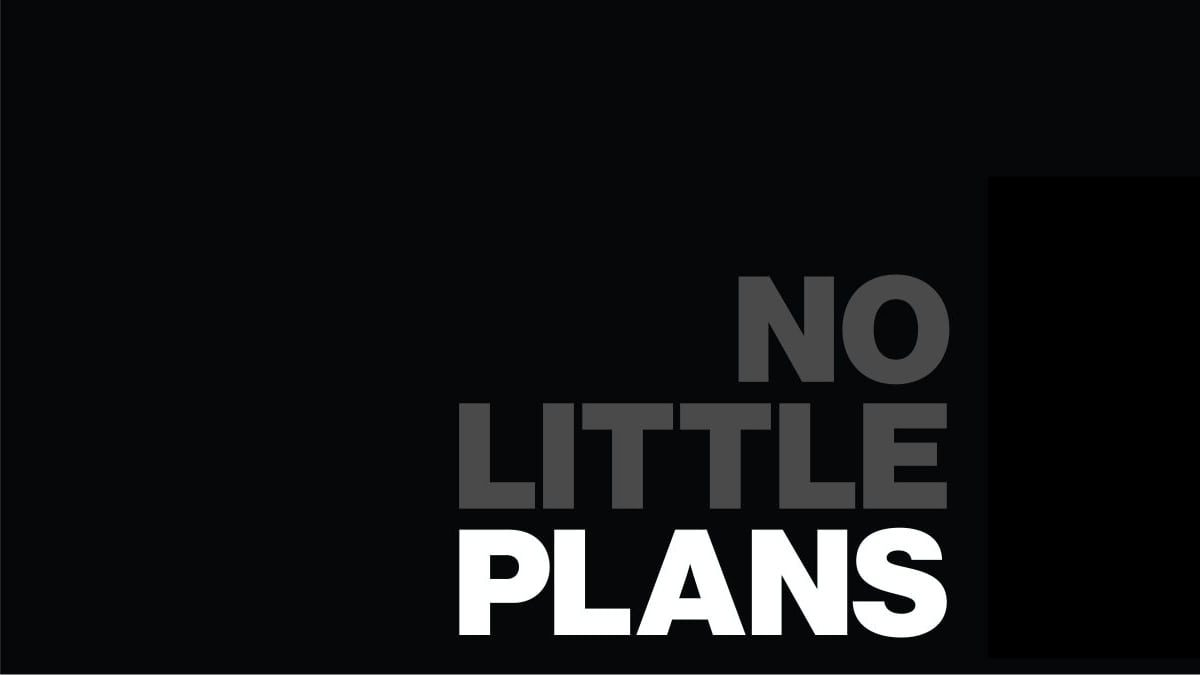Facts about women and poverty in Canada
According to the Canadian Women’s Foundation:
- 1.9 million Canadian women live on “low income,” which means they struggle to cover basic needs like food, winter clothing and housing
- Some groups of females are likelier than others to be poor. The prevalance of poverty is highest—34.3%—among First Nations women and girls
(Follow this link to read more statistics like these.)
Facts about women and criminal victimization in Canada
Dubravka Šimonovic is the UN’s Special Rapporteur on violence against women. When she visited Canada in the spring of 2018, she pointed out that we still don’t have a specific federal law that addresses gender-based violence and domestic violence.
Canada, Šimonovic said, needs both a national action plan and a separate plan that specifically focuses on violence against Indigenous women. Her end-of-mission statement (full text) is a tour de force:
During my visit, I noted with concern that the services providers and other interlocutors I met unanimously denounced the dire shortage of shelters for women and children escaping violence and a general lack of affordable public housing, including transitional housing and second stage accommodation and employment opportunities.
 Source: “About Gender-Based Violence,” Status of Women Canada
Source: “About Gender-Based Violence,” Status of Women Canada
SDG 5: Achieve gender equality and empower all women and girls
While some forms of discrimination against women and girls are diminishing, gender inequality continues to hold women back and deprives them of basic rights and opportunities. Empowering women requires addressing structural issues such as unfair social norms and attitudes as well as developing progressive legal frameworks that promote equality between women and men
Paulette Senior, president and CEO of the Canadian Women’s Foundation
Paulette has advocated to every level of government about things that really matter: poverty, violence against women, housing, social justice and immigration. She credits the experience of immigrating to Canada from Jamaica as a young girl with inspiring a career that’s all about, as CWF puts it, “empowering women and girls to overcome barriers and reach their full potential.”
Government of Canada policies
1982: Gender equality is enshrined in the Charter of Rights and Freedoms
1995: At the UN’s Fourth World Conference on Women in Beijing, Canada commits to using gender-based analysis (more on that below) to advance gender equality
2015: The Government of Canada renews its commitment to GBA
2016: Year one of the Government’s four-year “Action Plan on Gender-based Analysis“
Femicide
The Canadian Femicide Observatory for Justice and Accountability tracks national incidents of femicide, which describes the killing of women and girls precisely because they are women and girls. Follow this link to read the September 2018 report in full, or use this one for just the lowlights:
On average…one woman or girl is killed every other day in this country, a consistent trend during the past four decades.
Gender-Based Analysis Plus
How GBA+ works, as explained by the City of Edmonton:
While we’re in the neighbourhood, here’s another good explainer about Women’s Initiative Edmonton, a GBA+–aligned project:
Harriet McLachlan, deputy director (interim) of Canada Without Poverty
Harriet has the lived experiences of childhood violence and sexual abuse, almost 35 years of poverty, and 19 years as a single parent. She is the immediate past-president (2011–2017) of the CWP’s board of directors, and has worked in several community organizations over her 25-year career.
Facts about women and work in Canada
- In 2016, Canada placed 35th in the World Economic Forum’s gender equality rankings
- As reported by Macleans, the combined earnings of Canadian women are 31% less than the combined earnings of Canadian men. Women of colour earn 37.5% less than men, and Indigenous women earn 54% less than men
- As reported by Statistics Canada: “Women earn $0.87 for every dollar earned by men, largely as a result of wage inequality between women and men within occupations.” Also, more women than men work part-time, because they’re busy caring for kids. Worse, the gender employment gap is largest in the cities with highest day‑care fees
Facts about women and education in Canada
- Even though women are outperforming men when it comes to completing college and university degrees (source)…
- They are still much less likely to get those degrees in engineering or computer sciences—which are the highest-earning STEM fields (source)
- It’s also harder for women to crawl out of educational debt. Women hold the majority of Canada’s student debt, and they take longer than men to pay it off (source)
The "pink tax"
According to a 2016 report, the so-called “pink tax” on personal care products sees Canadian women paying 43% more than Canadian men for things like soap. Although the federal government eliminated GST on tampons and other menstrual products in 2015, it has kept earning from them in the form of import tariffs: $4 million that year, to be precise.
